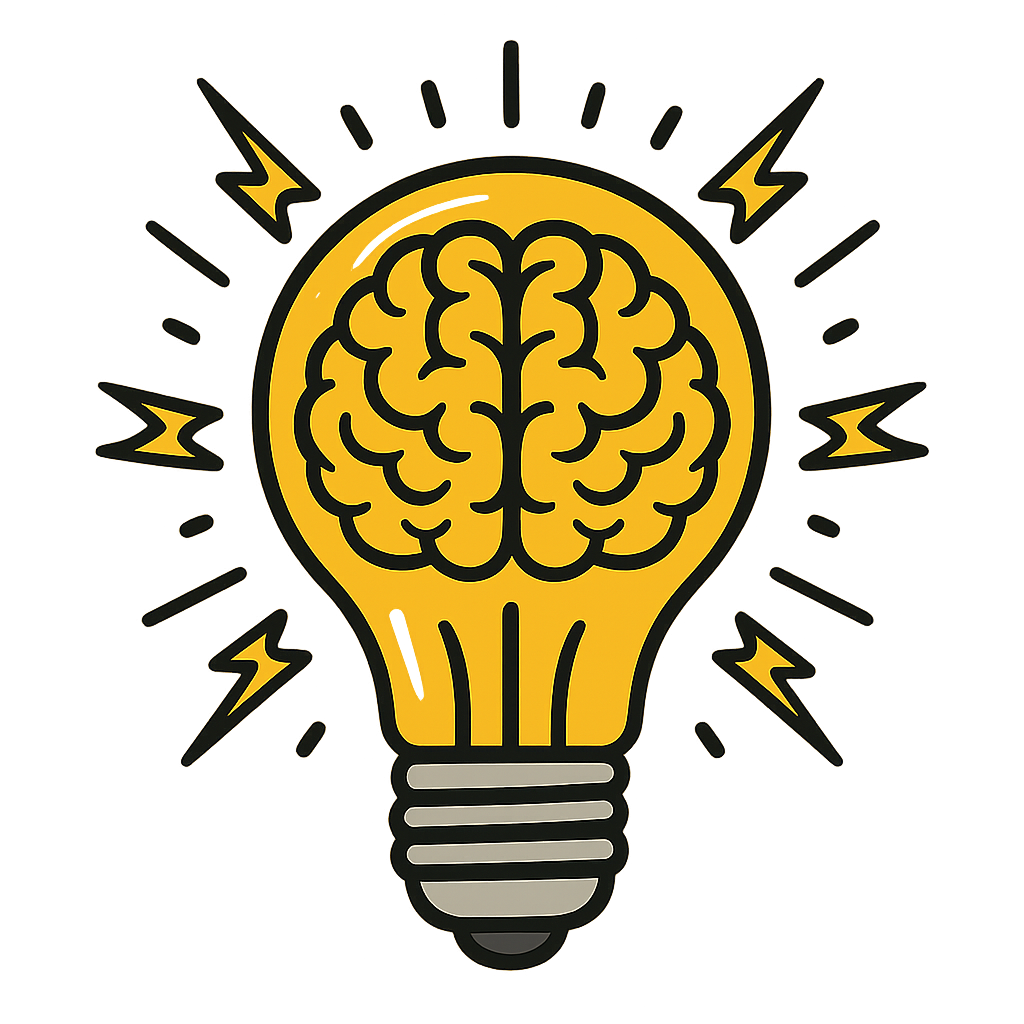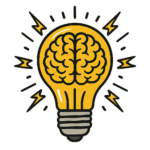Introduction: The Crisis of Cognitive Readiness in the Modern Classroom
In an era marked by smartphone ubiquity, fragmented attention, rising mental health challenges, and declining student motivation, the educational landscape is undergoing profound shifts. Traditional rigor frameworks like Bloom’s Taxonomy, Webb’s Depth of Knowledge (DOK), the Hess Matrix, SOLO Taxonomy, Marzano’s Dimensions of Learning, and Costa’s Levels of Questioning were designed in an era before these realities emerged. While they provided foundational language and structure for deepening cognitive demand, they now fall short in addressing the neurological, emotional, and motivational needs of today’s learners.
We must now ask: What does rigor look like when attention is the new literacy and relevance is the bridge to retention?
The answer is the R.E.A.L. Framework.
What the Traditional Frameworks Gave Us
Each rigor framework has contributed significantly to the evolution of instructional planning:
- Bloom’s gave us cognitive levels and learning verbs.
- DOK emphasized depth and complexity of thinking.
- Hess Matrix brought synthesis between Bloom’s and DOK.
- SOLO focused on observable levels of student response.
- Marzano integrated systems thinking and goal setting.
- Costa’s elevated questioning and inquiry.
Common threads include:
- Progression of Thinking – from recall to analysis to creation.
- Planning Structure – helping teachers scaffold complexity.
- Differentiation Tools – allowing access points for diverse learners.
- Promotion of Deeper Learning – beyond rote to transfer.
Yet these models share a critical blind spot: they presume a brain that is ready to think deeply.
What These Frameworks Miss
Today’s cognitive environment is fundamentally different. The modern high school student is often:
- Dysregulated due to chronic stress or trauma
- Fragmented by digital distractions and constant notifications
- Disengaged due to lack of relevance or agency
- Emotionally depleted and socially isolated
These realities affect the brain’s capacity to focus, retain information, apply knowledge, and reflect meaningfully. Notably missing from legacy rigor models are:
- Emotional readiness and regulation
- Motivational science and dopamine activation
- Contextual relevance and identity affirmation
- Digital attention economics and executive function strain
- Metacognition as an embedded practice, not an add-on
Introducing the R.E.A.L. Framework: A Brain-Aligned Approach to Deep Learning
The R.E.A.L. Framework (Regulate, Engage, Apply, Loop) is a next-generation instructional model that builds the conditions for rigor before it asks for complex thinking. It is grounded in neuroscience, equity, and motivation science.
| Phase | What It Means | Why It Matters |
|---|---|---|
| Regulate | Prepare the brain for learning by fostering calm, connection, and presence. | Emotionally dysregulated brains cannot retain or apply new knowledge. |
| Engage | Capture attention and curiosity through relevance and anticipation. | Attention is now a limited resource. Curiosity is the gateway to learning. |
| Apply | Deepen understanding through iterative practice, challenge, and problem-solving. | Learning sticks through effort, iteration, and meaning-making. |
| Loop | Solidify learning through reflection, connection, and celebration. | Reflection is critical for memory, metacognition, and transfer. |
R.E.A.L. complements—not replaces—traditional frameworks by addressing the preconditions for rigor. Where Bloom’s tells us what kind of thinking we want, R.E.A.L. ensures the brain is ready to do it.
The Power of MAPS: Motivation Science as the Engine of R.E.A.L.
To further strengthen classroom planning, the R.E.A.L. Framework integrates the MAPS motivational model:
- M: Meaning – Help students see personal relevance.
- A: Anticipation – Build curiosity and preview excitement.
- P: Progress – Make growth visible and attainable.
- S: Social Reward – Celebrate connection, recognition, and contribution.
These four elements activate healthy dopamine release, creating a motivational climate where rigor can thrive. MAPS aligns with each R.E.A.L. phase:
| MAPS Element | R.E.A.L. Alignment | Brain-Based Benefit |
| Meaning | Regulate / Engage | Boosts attention and memory via relevance |
| Anticipation | Engage / Loop | Sparks dopamine and primes the brain |
| Progress | Apply / Loop | Reinforces effort and builds agency |
| Social Reward | Regulate / Apply / Loop | Deepens motivation and emotional safety |
Conclusion: What Rigor Requires Now
Rigor, in today’s context, requires more than cognitive demand. It requires:
- A regulated brain
- A motivated learner
- A culturally relevant task
- A reflective environment
The R.E.A.L. Framework is not just a new way to teach. It is a new way to honor how students actually learn in this moment—with their brains, emotions, cultures, and futures in mind.
To prepare students for deep thinking, creative problem-solving, and lifelong learning, we must evolve how we define and design for rigor.
R.E.A.L. is how we do that.



Leave a Reply